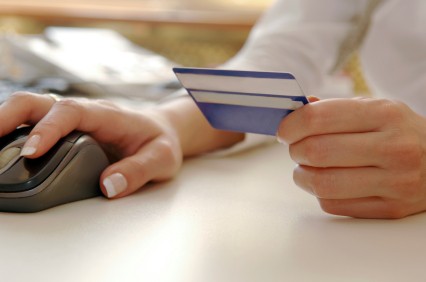
Even though it might look like just a thin chunk of plastic, PVC cards are actually made up of at least a few even thinner layers of material. The material type, thickness and number of the various layers, and quality of materials used all have a large effect on the end product.
For example; a standard, normal blank white PVC card would be made of of up to several layers of white material layered to nearly the full thickness of the card. Two layers of 13 mil for example. Then there are typically a final layer on the top and bottom made of a VERY thin clear material that is specifically finished for a variety of looks and printing options. A card with a smart ship inside of it would use something like a single thick layer in the middle with a cutout for the chip, then to thin layer of white on either side to enclose the chip before the clear layers, making for a total of 5 layers of thin plastic for just one card!
The number of internal layers on a card is a good indicator of the quality of the cards. The layers act almost like plywood, and a higher number means that the card will stand up to the heat of printing and the rigors of use for longer. It will stay flat and look new for longer. A PVC card made with just a single chuck of plastic in the middle won’t fare as well. It might save on production costs using fewer layers, but you give up quality pretty fast.
The thin, clear outer coating of the card is the single determiner on it’s print quality, or even whether you can print on it at all. A number of different materials can be used throughout the card to give it a particular surface quality, or to even further increase the rigid nature of the card. Some outer surfaces, though, don’t even allow printing to be done on the card. They are there for giving the card a special look or feel and assume that the lower layers are already printed using a screen printing or some other preprinting process. Though these methods can be a great choice in some circumstances and for certain customers, those cards won’t work properly when sent through a standard ID badge printer. Making sure you make the right choice can make a big difference, even on such a simple part of your system!





